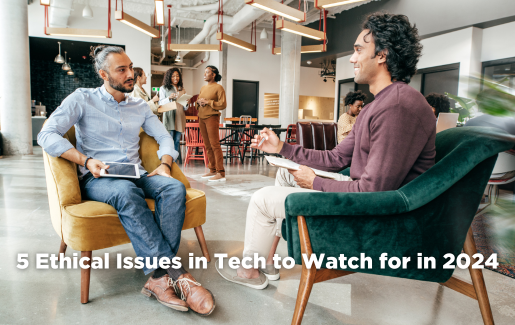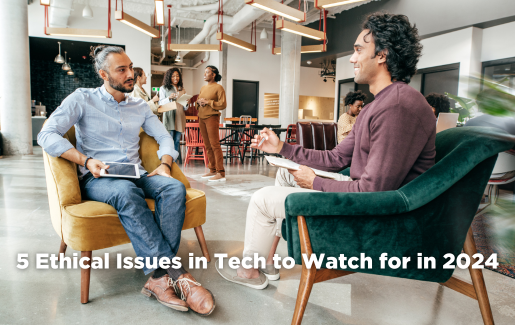Women in Tech Advancing Women in Technology Interest Group - 19th February, 1-2 pm CET.
- Diversity, Equity & Inclusion
- 1 Replies
📣 CompTIA Community Benelux is launching the Advancing Women in Technology Interest Group. We're inviting everyone who's passionate about fostering positive change in the tech industry.
🚀 Be part of a dynamic group that empowers women at all stages of their tech careers.
📆 Save the Date: 19th February, 1-2 pm CET. Join us for an interactive online session where your ideas can shape projects and strategies to support women in tech.
🔗 Ready to make a difference?https://lnkd.in/ehquQ6Ec
🌐 Together, we can redefine the tech industry, making it more inclusive and diverse. Let's shatter ceilings and set new standards. Your voice is vital, and we're eager to hear it.
👩💻 Women in technology. Join us and be the change! #WomenInTech #CompTIACommunity
@Lieve Van de Voorde @Daniëlle Meulenberg @Valerie Vernout @Sibyl Jacob
🚀 Be part of a dynamic group that empowers women at all stages of their tech careers.
📆 Save the Date: 19th February, 1-2 pm CET. Join us for an interactive online session where your ideas can shape projects and strategies to support women in tech.
🔗 Ready to make a difference?https://lnkd.in/ehquQ6Ec
🌐 Together, we can redefine the tech industry, making it more inclusive and diverse. Let's shatter ceilings and set new standards. Your voice is vital, and we're eager to hear it.
👩💻 Women in technology. Join us and be the change! #WomenInTech #CompTIACommunity
@Lieve Van de Voorde @Daniëlle Meulenberg @Valerie Vernout @Sibyl Jacob



